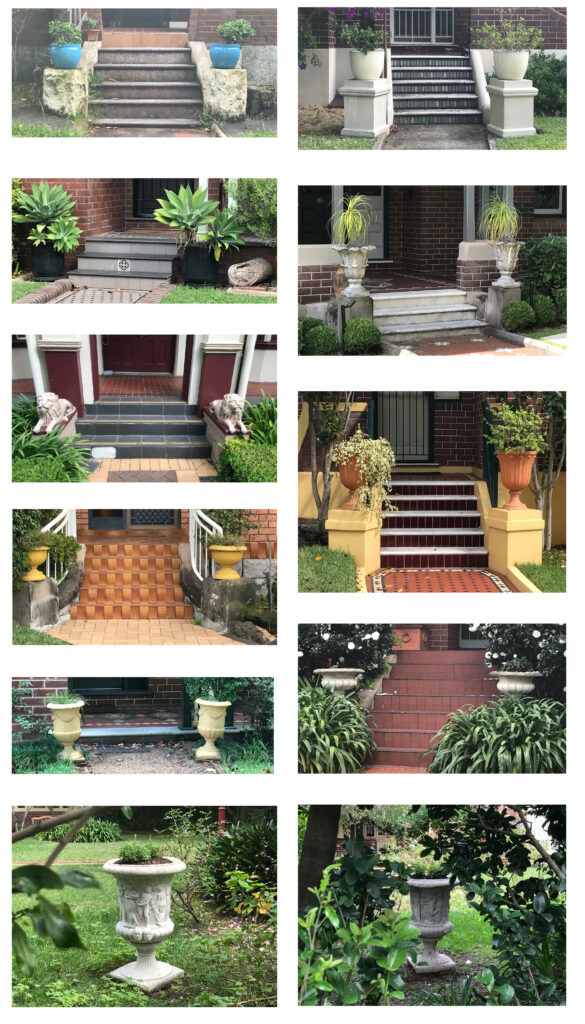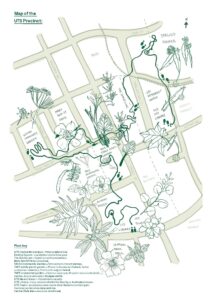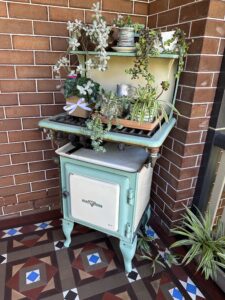Recently I’ve been reading Merry Hall by Beverley Nichols written in 1951 about a 5 acre rundown Georgian estate he bought after WWII. An avid gardener he wrote:
I noticed something else. At each end of this lovely little wall there were two brick pillars. They stood there, perfectly poised, exactly the right height, exactly the right width. But in spite of their architectural rightness they were wrong, or rather, they were incomplete. They had obviously been built to hold something – carved pineapples, or stone balls, or…or…or Urns. It was when the word Urns came into my head that the garden was born.

Throughout history, ashes of the dead have been deposited in urns, giving them symbolic importance. Frequently urns were used for memorials and monuments, especially in cemeteries. In the context of the designed landscape, treatise writers often strongly recommended that the vase be placed on top of a pedestal or plinth so that it would be easily visible. A. J. Downing elaborated upon this point in an 1836 article about architecture and at greater length in his 1849 treatise, when he explained that without such a placement, the vase would appear as a temporary, accidental introduction to the landscape. A permanent base, in his opinion, gave the vase the “character of art, at once more dignified and expressive of stability.







0 Comments